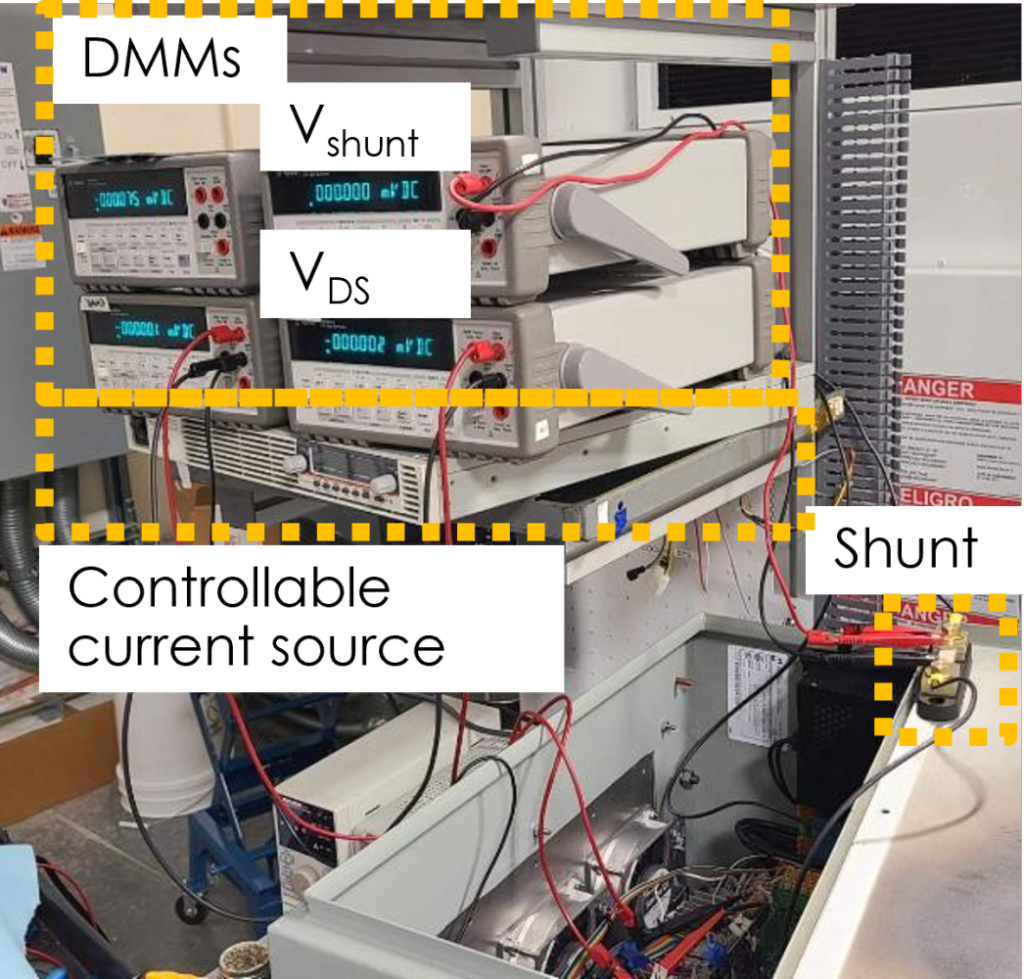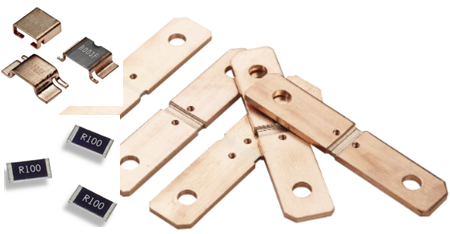In the world of electrical design, the current shunt (resistor) stands as a powerful tool, offering designers supreme precision and control. Let us explore the remarkable benefits of the current shunt, while also acknowledging some of its drawbacks.
At the heart of its appeal lies the current shunt’s ability to provide accurate real-time current measurement. With its minuscule resistance, it enables designers to obtain precise insights into the flow of electrons. This precision is of utmost importance in various applications, including power electronics, battery management systems, and beyond. The ability to make informed decisions based on reliable current measurements empowers designers to optimize performance, ensure system efficiency, and deliver exceptional results.

Figure 1. A simplified scheme of current sensing using shunt resistor technology.
Another notable advantage of the current shunt is its cost-effectiveness. Compared to alternative measurement techniques, the current shunt offers an affordable solution that doesn’t compromise accuracy. This affordability makes it accessible to a wide range of projects, regardless of budget constraints. In practical applications, the current shunt typically requires additional circuitry for reading and interpreting the information obtained from the current shunt. This may involve amplification and conditioning circuits to amplify the small voltage drop across the shunt and convert it into a measurable signal.
However, it is important to acknowledge some of the drawbacks associated with the current shunt. One limitation is the introduction of parasitic elements into the circuit. The presence of parasitic resistances, inductances, and capacitances can impact the accuracy of current measurements or affect the system performance. Designers need to carefully consider and mitigate these parasitic effects through proper layout and shielding techniques to minimize their influence.
Additionally, the lack of built-in isolation is another consideration. The current shunt, being a resistive element, does not inherently provide isolation between the measured current and the sensing circuitry. This can pose challenges in applications where electrical isolation is crucial for operation, safety, or noise reduction. Designers must incorporate appropriate isolation techniques, such as optocouplers or isolation amplifiers, to ensure proper isolation between the measured current and the rest of the system. Yet, these techniques limit the measurement range and characteristics of the current shunt.
Despite these limitations, the current shunt remains a valuable tool in electrical design, providing precision and control over current measurement. Its ability to deliver accurate results and affordability makes it a preferred choice for many projects. By addressing the challenges associated with parasitic elements and incorporating isolation techniques where necessary, designers can harness the full potential of the current shunt while mitigating its drawbacks.
In conclusion, the current shunt remains a formidable tool in the realm of electrical design, offering supreme precision and control in current measurement. While it has its limitations, such as the introduction of parasitic elements and the lack of built-in isolation, these challenges can be addressed through careful design considerations and the implementation of proper mitigation techniques. By leveraging the advantages of the current shunt while being mindful of its limitations, designers can harness its full potential and create innovative products that optimize performance and efficiency. The current shunt continues to be a trusted and cost-effective choice for various projects, proving its enduring relevance and impact in the world of electrical design.

Figure 2. Shunt application in accurate reference signal generation.
